Trivia question for Aug-23-2011
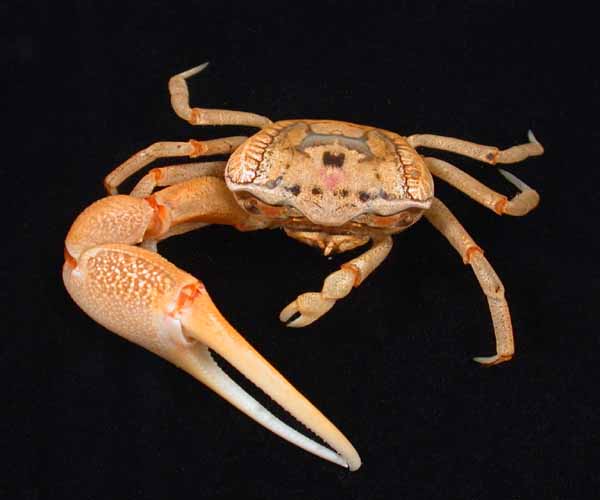
Like all crabs, these guys shed their shells as they grow. If they have lost legs or claws during their present growth cycle a new one will be present when they molt. If the large claw is lost, males will develop one on the opposite side after their next molt.
Trivia question for Aug-22-2011
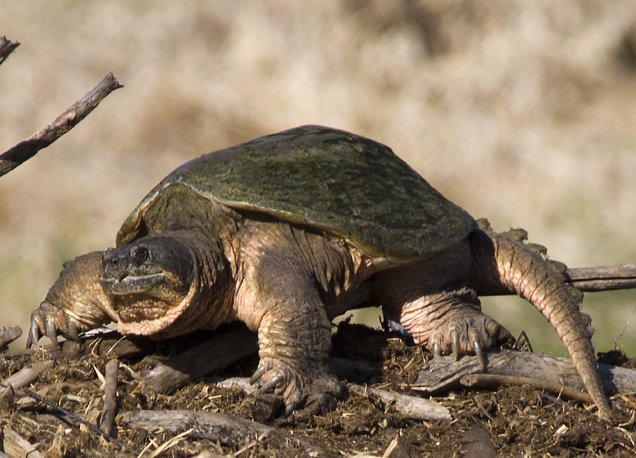
Common snappers may lie beneath a muddy bottom with only the head exposed, stretching their long necks to the surface for an occasional breath (note that their nostrils are positioned on the very tip of the snout, effectively functioning as snorkels).
Trivia question for Aug-21-2011
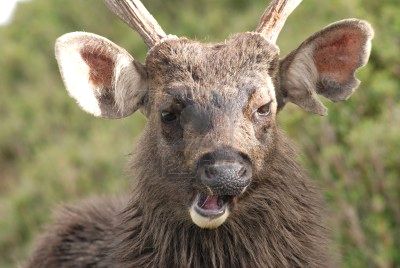
They also consume a great variety of shrubs and trees. They are a favorite prey item for Asiatic lions. They also can be taken by crocodiles, mostly the sympatric mugger crocodiles. Leopards and dholes will take young or sickly deer.
Trivia question for Aug-20-2011
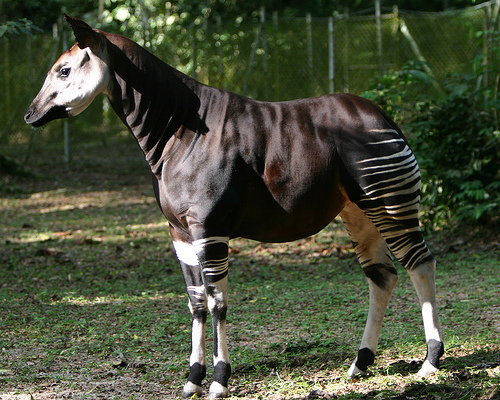
Although these animals are not classified as endangered, they are threatened by habitat destruction and poaching. The world population is estimated at 10,000–20,000. Conservation work in the Congo includes the continuing study of their behavior and lifestyle.
Trivia question for Aug-19-2011
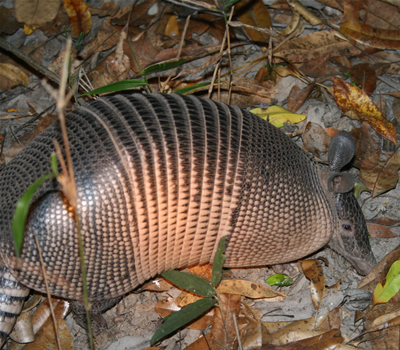
They are generally insectivores. They forage for meals by thrusting their snouts into loose soil and leaf litter and frantically digging in erratic patterns, stopping occasionally to dig up grubs, beetles, ants, termites, and worms, which their sensitive noses can detect through 8 inches of soil.
Trivia question for Aug-18-2011
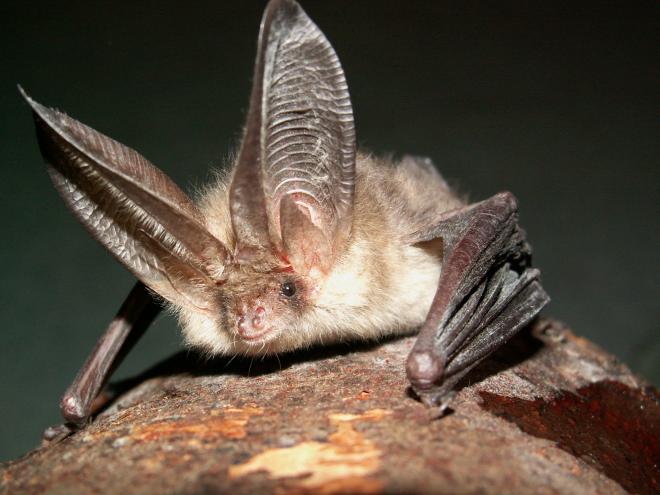
This species appears to prefer caves as roosting sites, but roosts in trees holes, buildings and bat boxes as well. The roosts in trees may be close to the ground. It hunts above woodland, often by day, and mostly for moths, gleaning insects from leaves and bark.
Trivia question for Aug-17-2011
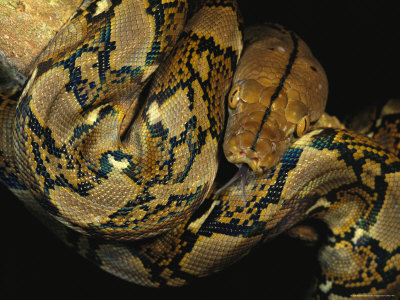
They are the world’s longest snakes and longest reptile, but are not the most heavily built. Like all snakes of this species, they are nonvenomous constrictors and normally not considered dangerous to humans. Although large specimens are powerful enough to kill an adult human, attacks are only occasionally reported.
OMG “Inspiring Youth For Change” Summit Postponed

Join Special guests Ian Somerhalder, Sally Bethea, Dr. Michael Black from GSU, Captain Planet and the Planeteers, Brandon Sutton, and our very own OMG founders Olivia and Carter Ries for a fun filled event designed to get everyone motivated and involved.
Trivia question for Aug-16-2011
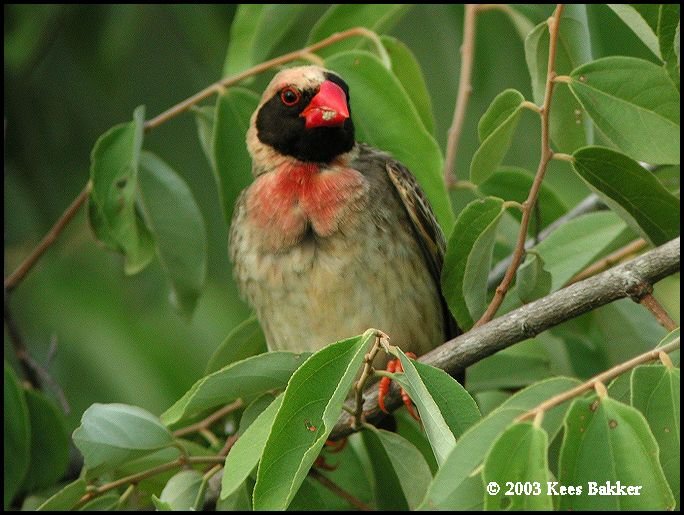
These birds live and breed in huge flocks which can take up to 5 hours to fly past. They live mostly in steppe and savanna regions, but do not avoid human settlements. While foraging for food they may fly large distances each day without tiring.
Trivia question for Aug-15-2011
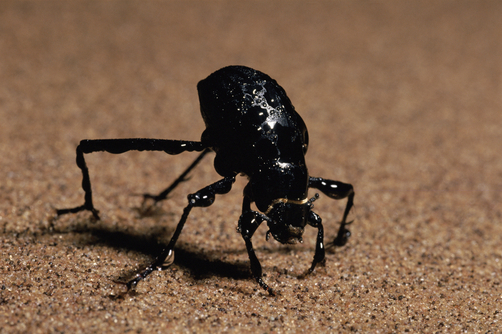
These insects thrive in the unique harsh desert and many species occur nowhere else on earth. So far their coastal region has escaped oil pollution and until recently the forbidding conditions prevented people from exploiting the land for grazing. However, diamond companies have begun to mine the dunes, which is certain to affect their habitat.
Trivia question for Aug-14-2011
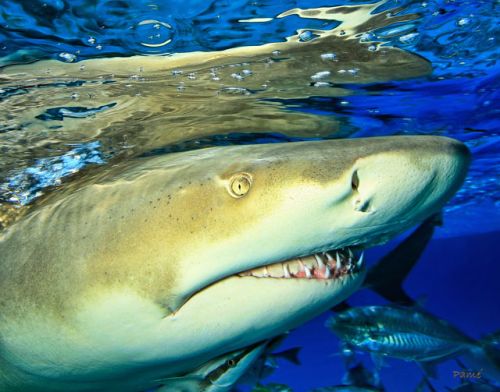
All sharks have electroreceptors concentrated in their heads called the ampullae of Lorenzini. These receptors detect electrical pulses emitted by potential prey. These sharks are bottom dwellers but have very poor eyesight and cannot see well to find their food. However, they are equipped with extremely sensitive and accurate magnetic sensors in the nose.
Trivia question for Aug-13-2011
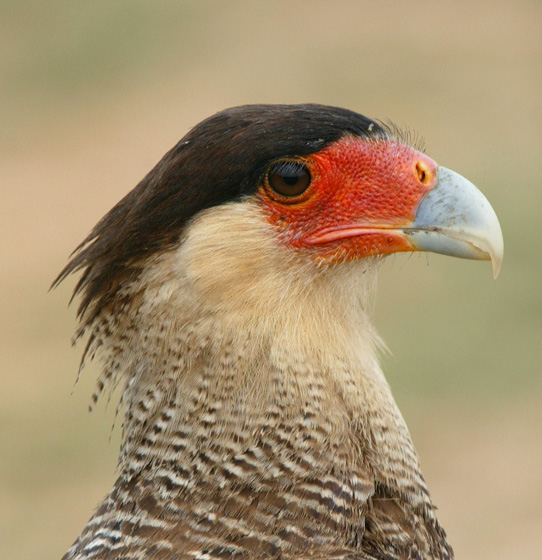
These are very adaptable birds of prey that look and behave like a vulture. They spend hours turning over cow manure, hunting for insects. They have even been seen feeding on coconut flesh at harvest time in the plantations of Guyana.
Trivia question for Aug-12-2011
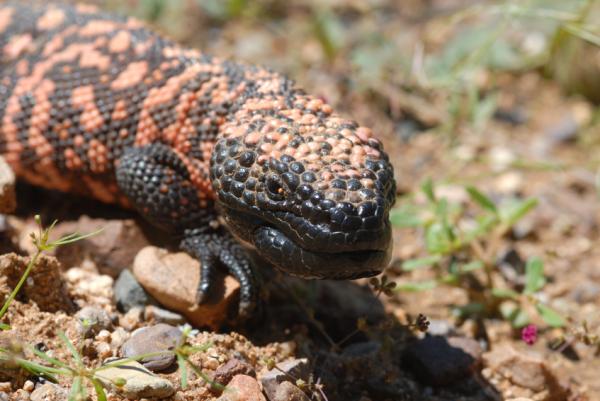
These guys are found in the Southwestern United States and Mexico, a range entailing Sonora, Arizona, parts of California, Nevada, Utah, and New Mexico (but not Baja California). They inhabit scrubland, succulent desert, and oak woodland, seeking shelter in burrows, thickets, and under rocks in locations with ready access to moisture.
Trivia question for Aug-11-2011
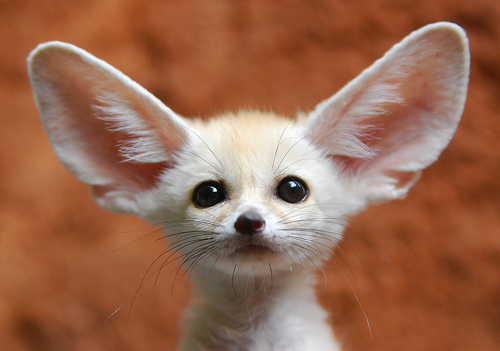
These guys have a life span of up to 12 years in the wild; its main predators include the Caracal and several varieties of Eagle Owl. Families of these guys dig out dens in sand for habitation and protection, which can be as large as 1,292 sq ft and adjoin the dens of other families.
Trivia question for Aug-10-2011
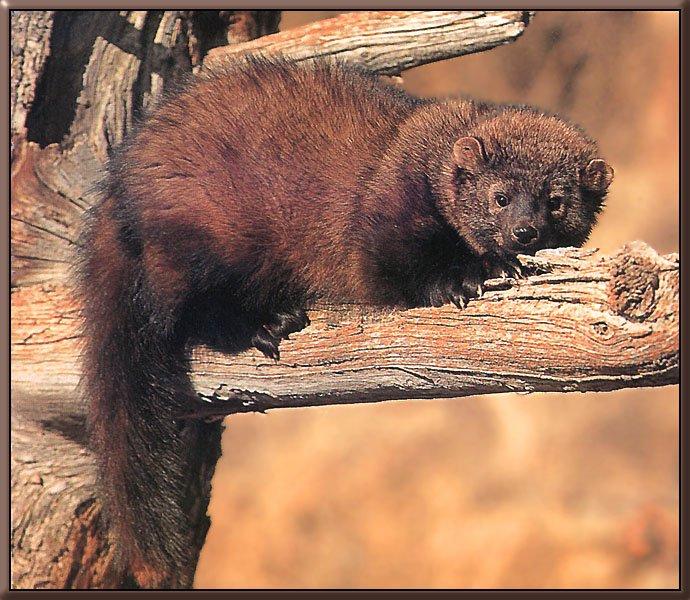
These guys prefer to hunt in full forest. While they are agile climbers most of their time is spent on the forest floor. They also prefer to forage where there is a lot of fallen dead wood on the forest floor. They are omnivorous and will feed on a wide variety of small animals and occasionally fruits and mushrooms.

